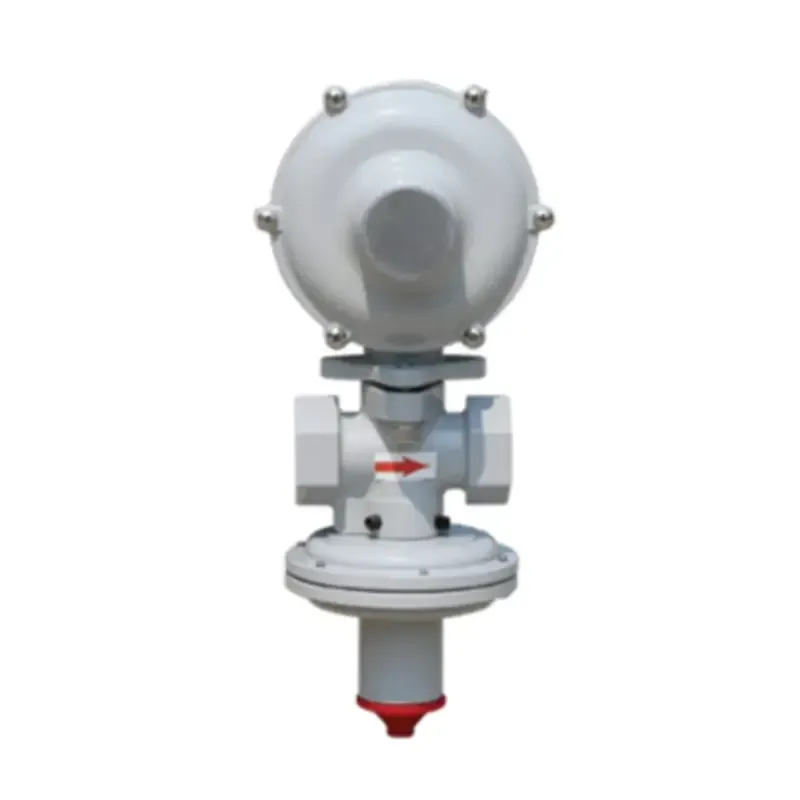
Nov . 08, 2024 11:23
Back to list
Pressure Tube Analysis and Applications in Modern Engineering Techniques
Understanding Pressure Pipes Key Considerations and Applications
Pressure pipes are crucial components in various engineering applications, especially in the transportation of fluids. These pipes are designed to withstand high internal pressures, making them essential in industries such as water supply, oil and gas, and chemical processing. This article delves into the fundamental aspects of pressure pipes, including their materials, design considerations, and applications.
Materials Used in Pressure Pipes
The choice of material for pressure pipes is pivotal in determining their performance, longevity, and suitability for specific applications. Common materials include
1. PVC (Polyvinyl Chloride) Lightweight and resistant to corrosion, PVC pipes are widely used in residential and commercial plumbing. They are ideal for low to moderate pressure applications, such as water distribution systems.
2. HDPE (High-Density Polyethylene) Known for its durability and chemical resistance, HDPE pipes are often used in gas and water supply systems. They can handle high pressures and are flexible, making them suitable for various environments.
3. Metal Pipes (Steel and Copper) Steel pipes are robust and can withstand high pressures, making them a popular choice in industrial applications, especially for transporting oil and gas. Copper pipes, while more expensive, are used in plumbing systems due to their antimicrobial properties and reliability.
4. Fiberglass Reinforced Plastic (FRP) FRP pipes combine the lightweight characteristics of plastic with the strength of fiberglass, making them suitable for corrosive environments. They are increasingly being employed in chemical processing and wastewater management.
Design Considerations
.
1. Pressure Rating Each pipe material has a specified pressure rating, indicating the maximum internal pressure it can safely handle. Engineers must select pipes based on the operational pressure of the fluid being transported.
أنبوب الضغط

2. Temperature Tolerance The operational temperature can affect the integrity of pressure pipes. Materials like PVC may become brittle at high temperatures, while metal pipes can handle a broader temperature range.
3. Corrosion Resistance Depending on the fluid being transported, corrosion can become a significant factor in pipe selection. For instance, transporting acidic or alkaline fluids may require special coatings or the use of corrosion-resistant materials.
4. Installation Environment The pipe installation environment, whether above or below ground, plays a crucial role in material selection and pipe design. Factors like soil composition, moisture levels, and potential physical impacts must be assessed.
Applications of Pressure Pipes
Pressure pipes are used across various sectors, each with unique requirements
1. Water Supply Systems Municipal water supply often relies on pressure pipes to deliver potable water to homes and businesses. These systems must ensure adequate pressure to overcome elevation changes and distance.
2. Oil and Gas Industry High-pressure pipelines are critical for transporting crude oil, natural gas, and refined products. Safety is paramount in this sector, necessitating rigorous standards and inspections to prevent leaks or bursts.
3. Chemical Processing In chemical plants, pipes transport hazardous materials, requiring strict compliance with safety regulations. The right materials and designs are essential to prevent leaks and ensure worker safety.
4. Fire Protection Pressure pipes are integral to fire protection systems, delivering water at high pressures to sprinkler systems and fire hydrants. These systems must be designed to perform reliably under emergency conditions.
Conclusion
Pressure pipes play an essential role in modern infrastructure, facilitating the safe and efficient transport of fluids across various industries. Understanding the materials, design considerations, and applications of pressure pipes is crucial for engineers, manufacturers, and end-users. As technology advances and industries evolve, the demand for better-performing pressure pipes will continue to grow, emphasizing the need for ongoing research and development in this critical field. Ensuring the safe and efficient operation of pressure pipes not only protects investments but also safeguards public health and the environment.
Latest news
-
Safety Valve Spring-Loaded Design Overpressure ProtectionNewsJul.25,2025
-
Precision Voltage Regulator AC5 Accuracy Grade PerformanceNewsJul.25,2025
-
Natural Gas Pressure Regulating Skid Industrial Pipeline ApplicationsNewsJul.25,2025
-
Natural Gas Filter Stainless Steel Mesh Element DesignNewsJul.25,2025
-
Gas Pressure Regulator Valve Direct-Acting Spring-Loaded DesignNewsJul.25,2025
-
Decompression Equipment Multi-Stage Heat Exchange System DesignNewsJul.25,2025

